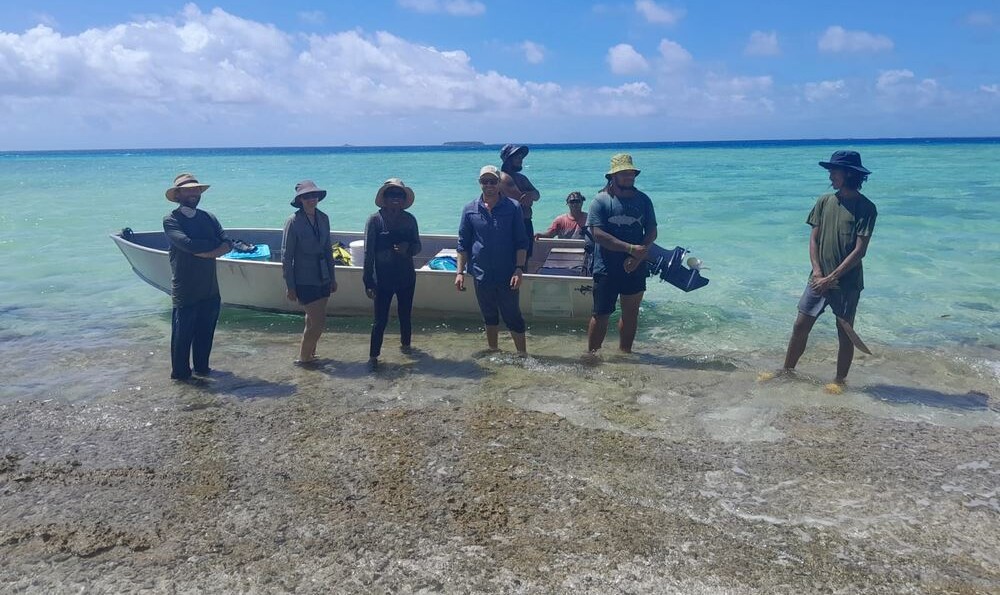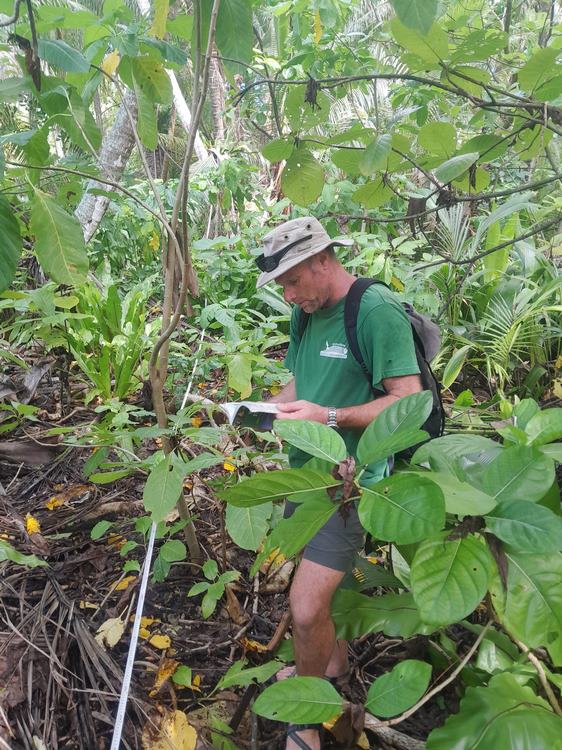
In the continuing conservation success story of eliminating invasive species on tropical islands, the nation of Tuvalu has completed the eradication of invasive rats from 6 of its 124 islands.
Additionally, an overwhelming population of invasive mosquitoes and “yellow crazy ants” are both nearly eliminated.
The project’s success was an example of the power that community-led conservation can have when properly backed by even the smallest governments, a statement from Island Conservation, a nonprofit that aided in the eradication, explained.
“[T]he project has led to the successful eradication of invasive rats from six islets, which includes four in Nukufetau [Atoll] and two in in Funafuti [Atoll], which has significantly reduced the threat to native seabirds, coastal biodiversity, and island ecosystems,” said Mr. Soseala Tinilau, Director of the Tuvalu Department of Environment.
Tepuka, an island located within the capital city atoll of Funafuti, was also infested with yellow crazy ants, one of the world’s largest ant species on account of its long legs and antennae, and which earned its “crazy” moniker for its extremely erratic movement patterns.
Like the fire ant, the species is known as a “tramp ant,” another rather humorous moniker that is given to ant species which can easily become invasive colonizers due to their aggression towards other ant species. A yellow crazy ant colony can spread 10 feet per day, and was infamous for causing the ecological “meltdown” of Christmas Island.
“We knew rats were a problem, but now we understand how much damage they were doing to our environment, and we now know to protect our islands,” said a community member from Nukufetau, where the rats were eliminated from the islands of Sakalua, Motumua, Teafuone, and Teafuatule.
Another shared that “we used to see fewer birds and crabs around, but now they’re coming back, and it feels like our island is breathing again.”

A catalogue of divisions, ministries, and intergovernmental organizations contributed to the project, which was funded primarily through the New Zealand Ministry of Foreign Affairs and Trade, designed and led by the Secretariat of the Pacific Regional Environment Program, and implemented by the Tuvalu government.
Island Conservation, which have succeeded in similar eradication efforts on 65 islands across the world, helped by providing technical leadership from decades of experience.
MORE STORIES LIKE THIS: To Save Sea Turtle Population Invasive Deer Successfully Eradicated from Island in Australia’s Great Barrier Reef
“The recovery we’ve already seen in such a short time is astonishing,” said Jesse Friedlander, a Project Manager at Island Conservation. “The last time we were here, we saw very few coconut crabs. Now, birds and crabs are free to flourish. Healthy reefs aren’t optional for Tuvalu, they’re a matter of survival.”
A follow-up monitoring mission has confirmed the success of the eradication, and the project model could be expanded to other islets, further enhancing Tuvalu’s ecological resilience and food security.
“Communities are already witnessing the positive environmental changes, along with increased understanding of invasive species issues.”
MORE WORK FROM ISLAND CONSERVATION: Tiny Indian Ocean Island Shows How Quickly Seabirds Recover When Invasive Predators Are Removed
According to the statement from Island Conservation, the success of the project was rooted in strong community engagement. Residents of Nukufetau participated in awareness sessions and received hands-on training in eradication techniques, ensuring that the knowledge and capacity to maintain a rat-free environment remain within the community.
Mr. Sam Panapa, Tuvalu’s National Invasive Species Coordinator, commented that “removing these predators will create a safer environment for native species, benefiting biodiversity and supporting sustainable practices for the Nukufetau community.”
SHARE This Great Ecological Recovery With Your Friends…
